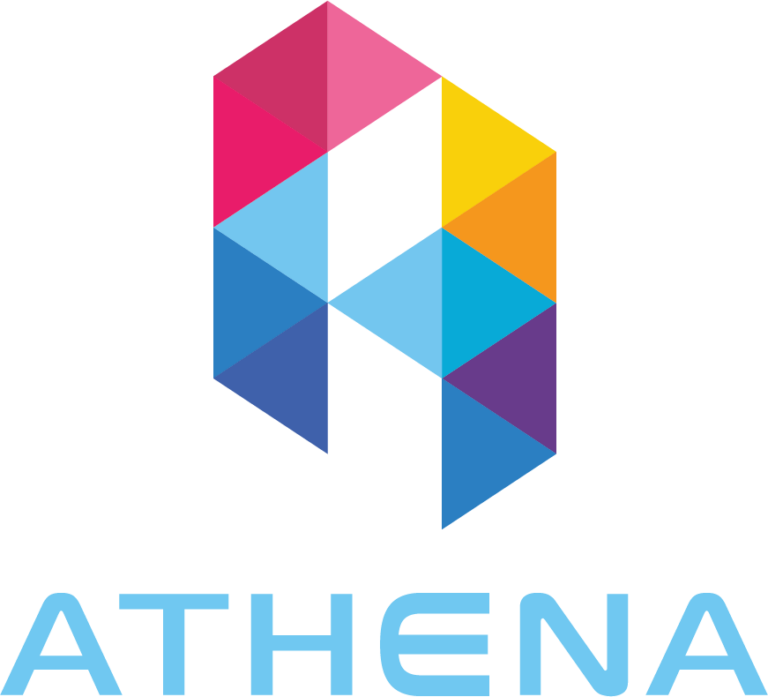Choosing the Right White Label Solution: A Step-by-Step Guide for New Brokerages
Starting a brokerage is an exciting yet challenging endeavor, especially in today’s competitive trading environment. A white-label solution can significantly simplify the process, offering a ready-made trading platform with branding and customization options. However, choosing the right solution is critical to your brokerage’s success. This guide provides a step-by-step approach to help new brokerages select the best white-label platform for their needs.
Step 1: Understand What a White Label Solution Offers
A white-label solution is a pre-built trading platform that can be customized to reflect your brokerage’s branding. It includes essential features like trading software, back-office management, and technical support.
Advantages of White Label Solutions:
- Cost-Effectiveness: Avoid the high costs of developing a platform from scratch.
- Quick Deployment: Launch your brokerage faster with a ready-to-go solution.
- Focus on Core Operations: Concentrate on marketing, client acquisition, and service delivery instead of technical development.
Step 2: Identify Your Target Market and Needs
Understanding your target audience is critical in selecting a solution that meets their expectations.
Key Considerations:
- Geographic Location: Does the platform support regional trading requirements?
- Instruments Offered: Ensure the solution supports the asset classes you plan to offer, such as Forex, cryptocurrencies, stocks, or commodities.
- Regulatory Compliance: Confirm the platform adheres to regulations in your operating regions.
Example: If you are targeting crypto traders, ensure the solution has strong integration with crypto exchanges and wallets.
Step 3: Assess the Platform’s Core Features
The effectiveness of a white-label solution depends on its features and functionalities. Evaluate the following:
- Trading Tools: Ensure the platform offers advanced charting tools, risk management features, and analytics.
- User Interface (UI): Look for an intuitive and customizable UI that enhances user experience.
- Mobile Compatibility: With the growing preference for mobile trading, a robust mobile app is a must.
- Security Features: Verify encryption, DDoS protection, and data privacy measures.
Step 4: Evaluate Customization Options
Your brokerage needs to stand out in a competitive market. A solution offering extensive customization options allows you to create a unique identity.
Customization Options to Look For:
- Branding: Ability to incorporate your logo, colors, and branding elements.
- Personalized Features: Custom tools or services that cater to your audience.
- Language Support: Multi-language capabilities to serve global clients.
Step 5: Consider Scalability and Future Growth
Choose a solution that can grow with your business.
Scalability Factors:
- Add-On Features: Ability to integrate new features as your brokerage evolves.
- Increased Capacity: Support for growing numbers of users and transactions.
- Technology Updates: Access to regular upgrades and improvements to stay competitive.
Step 6: Assess Back-Office Management and Support
Efficient back-office tools are essential for managing clients, transactions, and compliance.
Back-Office Features to Look For:
- CRM Integration: Simplify client onboarding and relationship management.
- Reporting and Analytics: Track performance, user behavior, and financial metrics.
- Compliance Tools: Automate KYC/AML processes to meet regulatory requirements.
Support Considerations:
- Technical Assistance: Ensure the provider offers 24/7 technical support.
- Training: Check if training is available for your team to use the platform effectively.
Step 7: Analyze Costs and Contracts
While cost is a major factor, the cheapest solution is not always the best.
Cost Factors:
- Initial Setup Fees: One-time charges for platform setup.
- Ongoing Costs: Monthly fees, revenue-sharing models, or transaction-based charges.
- Hidden Costs: Watch out for additional fees for customizations, integrations, or support.
Contract Considerations:
- Flexibility: Look for contracts with reasonable termination clauses.
- Licensing Terms: Ensure the licensing agreement aligns with your business goals.
Step 8: Request a Demo and Test the Platform
Before committing, request a demo or trial period to test the platform.
What to Test:
- Performance: Assess speed, reliability, and ease of use.
- Client Experience: Evaluate the platform from a trader’s perspective.
- Back-Office Functionality: Ensure administrative tools meet your operational needs.
Step 9: Research the Provider’s Reputation
Choose a provider with a proven track record of delivering quality solutions.
Ways to Research:
- Client Reviews: Look for testimonials or case studies from other brokerages.
- Industry Standing: Check if the provider has won awards or recognition.
- Longevity: Providers with a long history in the industry are often more reliable.
Step 10: Make the Final Decision
After thorough evaluation, choose the solution that aligns best with your operational, financial, and strategic goals.
Checklist Before Signing:
- Does the platform meet your feature requirements?
- Is it scalable and future-proof?
- Are the costs transparent and manageable?
- Is the provider reputable and reliable?


